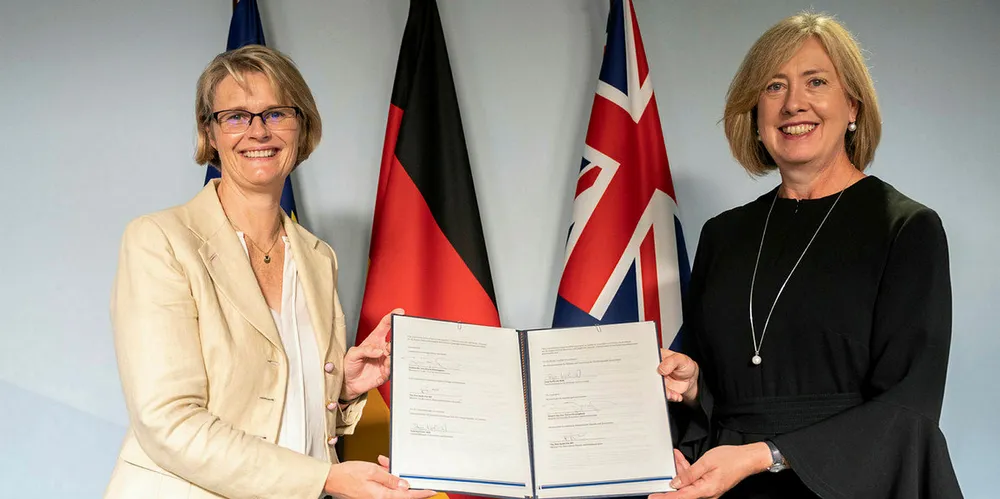Germany looking Down Under to build up green hydrogen supply chain
Europe’s biggest economy is trying to secure both export markets for its electrolyser technology and import markets for massive amounts of hydrogen

Europe’s biggest economy is trying to secure both export markets for its electrolyser technology and import markets for massive amounts of hydrogen
